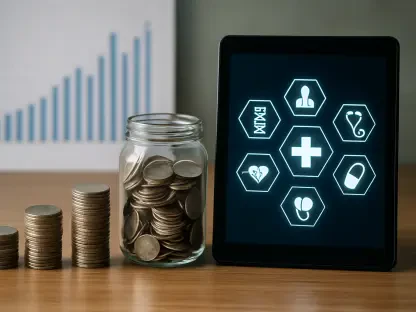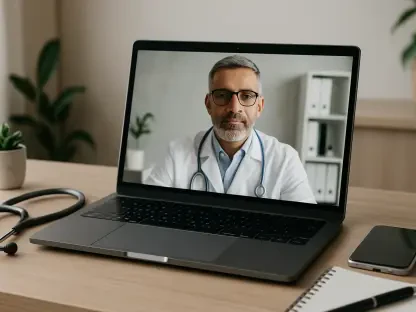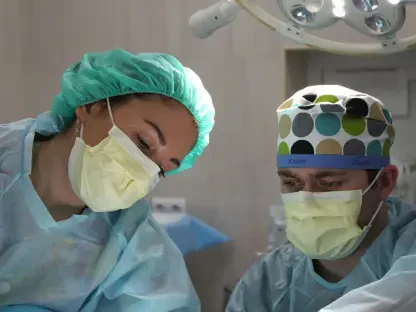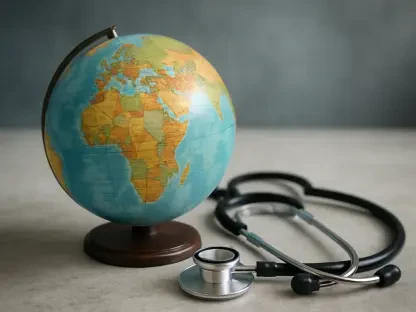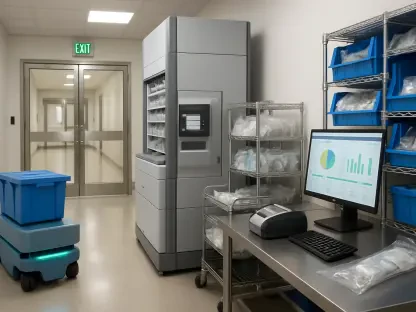James Maitland is an expert in robotics and IoT applications in medicine, committed to using technology to improve healthcare solutions. In this interview, we will discuss how drones are transforming the pharmaceutical supply chain, the benefits of using drones for medical deliveries in remote areas, and the importance of temperature control for biopharmaceuticals, among other related topics.
How are drones transforming the pharmaceutical supply chain?
Drones are revolutionizing the pharmaceutical supply chain by providing a faster, more reliable means of transportation for medical supplies. They can bypass traditional infrastructure barriers, making it possible to reach remote and hard-to-access areas quickly. This transformation is especially critical in emergency situations or disaster-stricken areas where conventional delivery methods might fail.
What are the main benefits of using drones for delivering medical supplies to remote areas?
The primary benefits of using drones in these scenarios include reduced transit times and improved access to essential medications. For example, Zipline, a U.S.-based medical drone company, has partnered with the Rwandan government to deliver over 75% of the country’s blood supply to remote hospitals, reducing delivery times from hours to mere minutes. This has significantly improved healthcare outcomes in Rwanda by ensuring timely delivery of essential medical supplies.
How do drones improve the rapid delivery of lifesaving medications and vaccines?
Drones are exceptionally efficient as they avoid ground traffic and can fly directly to their destinations. This capability is crucial for delivering lifesaving medications and vaccines, particularly in marginalized or remote areas where infrastructure is limited. The speed of delivery is vital because it can mean the difference between life and death, especially in emergencies.
Can you explain the importance of temperature-controlled transport for biopharmaceuticals?
Temperature control is critical for transporting biopharmaceuticals like vaccines and gene therapies, which must be kept within specific temperature ranges to remain effective. Drones equipped with temperature-controlled compartments can maintain these conditions throughout the delivery process, ensuring that the medicines do not spoil. For instance, UPS Flight Forward used specialized cold-chain packaging in their drone deliveries of COVID-19 vaccines, demonstrating the reliability of this method.
What role does real-time tracking play in enhancing supply chain visibility for medical deliveries?
Real-time tracking is essential as it allows continuous monitoring of the location and condition of medical supplies. This visibility ensures accountability, transparency, and timely delivery, which is crucial for urgent shipments like organ and blood donations. Moreover, technologies like GPS and telemetry systems help prevent delays and security issues by providing real-time updates.
How do drones reduce supply chain costs and enhance efficiency in the pharmaceutical industry?
Drones lower supply chain costs by streamlining logistics, reducing the need for manual labor, and minimizing reliance on traditional transportation networks. They cut transit times significantly, which reduces labor costs and the need for fuel and vehicle maintenance. Additionally, drones reduce the risk of product damage or contamination by minimizing manual handling.
What specific challenges does Ethiopia face in pharmaceutical supply chain management?
Ethiopia struggles with poor supply chain management, leading to medication wastage and shortages of critical supplies. Drones can address these issues by ensuring timely delivery of the necessary quantities of medicines, thus reducing wastage. Studies have shown a 5% medication expiration rate in Western Ethiopia over two years, highlighting the urgent need for improved logistics.
How do drones serve remote and underserved communities efficiently?
Drones provide efficient delivery services to remote and underserved communities by overcoming logistical challenges that hinder traditional transportation methods. Initiatives like India’s “Medicine From the Sky” have successfully demonstrated this by significantly reducing delivery times and improving access to healthcare. Drones can also carry patient samples for testing, further enhancing healthcare delivery.
What challenges are faced in the widespread adoption of drone technology in pharmaceutical supply chains?
The main challenges include regulatory approvals, airspace management, and the integration of drones with existing logistics infrastructure. Overcoming these hurdles requires collaboration between stakeholders, including governments and regulatory bodies, to create frameworks that support the safe and efficient use of drones.
What future advancements do you foresee in drone technology for the pharmaceutical industry?
Future advancements might include improved battery life, enhanced AI for navigation, and more robust temperature control systems. These developments will further enhance the efficiency and reliability of drones, ultimately improving patient care and global health outcomes.
Do you have any advice for our readers?
Stay informed about emerging technologies in healthcare logistics, as they will play a crucial role in advancing medical deliveries and improving patient outcomes. Embracing these innovations early can offer significant benefits in terms of efficiency and effectiveness in healthcare services.


